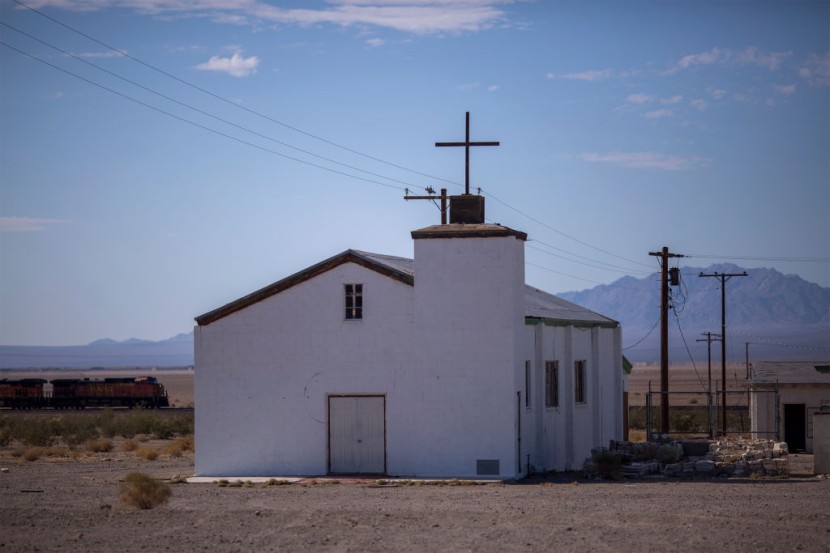
A new investigation report reveals Native American children were sexually abused in Catholic churches for decades.
Firsthand accounts and other evidence documented by The Washington Post expose the brutality and sexual abuse imposed upon children who were taken from Native American families under a systematic effort by the federal government to eradicate Native American culture, integrate children into White society, and seize tribal lands.
From 1819 to 1969, tens of thousands of children were reportedly sent to more than 500 boarding schools across the country, most of which were funded by the US government.
Children were given new names, their traditionally long hair was cut, and they were beaten for speaking their native tongue, resulting in deep emotional trauma for Native American families and communities.
At the time, at least 80 of the schools were run by the Catholic Church or other religious affiliates in remote regions of the Midwest Pacific Northwest, including Alaska.
Roughly 122 priests, sisters, and brothers were assigned to 22 boarding schools since the 1890s and were later accused of sexually abusing Native American children while under their care, according to The Post.
Deborah Parker, a citizen of the Tulalip Tribes and the chief executive of the National Native American Boarding School Healing Coalition, described the operation of church-run boarding schools as "a national crime scene."
"They committed crimes under the cloak," said Parker, whose grandmother and other family members were sent to boarding schools.
"They did it in the name of God."
The report's findings come as Deb Haaland, the country's first Native American cabinet secretary, whose own relatives were sent to boarding schools, examines the history behind the schools operated or supported by the US Interior Department, the agency she now leads.
Haaland's investigation has barely scratched the surface of the sexual abuse of Native American children at church-run schools.
An Interior Department official who wishes to stay anonymous said,
"We care deeply about this issue, but it's outside the scope of what we sought to do with the investigative reports."
The department did not request records from the Catholic Church because its investigation was focused solely on the U.S. government's role and reviewed only federal government documents.
While many survivors have not come forward, are aging, in poor health, or have passed away like their abusers, there are still others who have waited to share their testimonies on the extent of abuse they endured.
"I've been waiting 67 years to tell this story," disclosed Jim LaBelle, 77, an Iñupiaq from Fairbanks, Alaska, who spent six years at the Wrangell Institute, a government-run school in the state, 700 miles from his home.
The abuse of Native American children began decades before the revelations that priests at Catholic churches had sexually abused thousands of minors in the United States and other countries.
The scandals of the early 2000s encouraged Native Americans to come forward with their own stories of abuse and seek accountability through lawsuits.
Vito de la Cruz, a Native American and Chicano lawyer who has represented boarding school survivors, explains:
"It showed that people could stand up against a powerful entity like the church and that people could be held accountable."
Despite failed efforts to sue the federal government, numerous survivors have successfully sued Catholic dioceses and religious orders, receiving settlements.
© 2026 HNGN, All rights reserved. Do not reproduce without permission.








